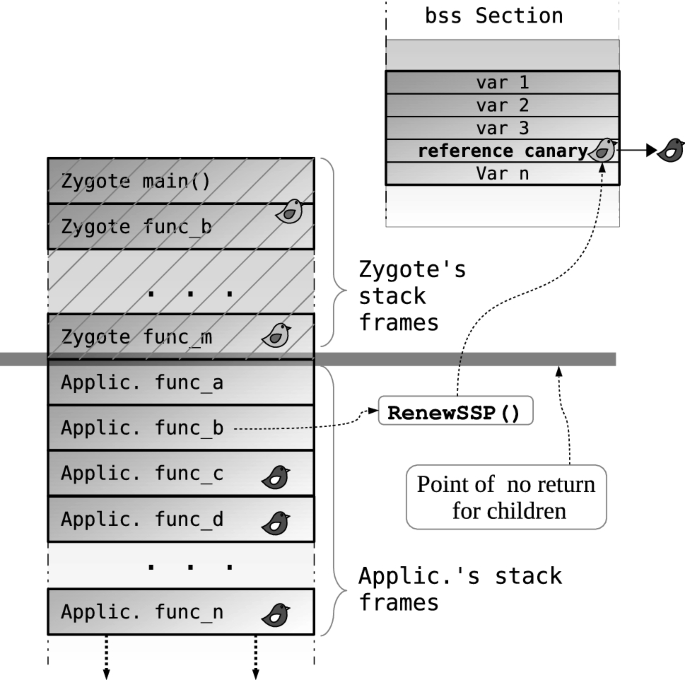

You might not be interested in theseĮrrors, since you probably have no control over that code. If you're using an error-detection tool, Valgrind mayĭetect errors in system libraries, for example the GNU C or X11 Including the C library, graphical libraries, and so on. In your application but also in all supporting dynamically-linked libraries,
C++ socket programming erro stack smashing detected code#
Valgrind simulates every single instruction your program executes.īecause of this, the active tool checks, or profiles, not only the code Making it run 10-50 times slower than natively.Īt the other end of the spectrum, the minimal tool, called Nulgrind,Īdds no instrumentation at all and causes in total "only" about a 4 times At one end of the scale, Memcheck adds code to check every The amount of instrumentation code added varies widely between Which coordinates the continued execution of this instrumented Instrumentation code to this and hands the result back to the core, As new code is executed for the first time, the core Your program is then run on a synthetic CPU provided by the Outputs can be phrased in terms of source code locations, when Debugging information is read from theĮxecutable and associated libraries, so that error messages and other Regardless of which tool is in use, Valgrind takes control of your However, Memcheck is the default, so if you want to use it you can The most important option is -tool which dictates Or otherwise modify the program to be checked. It worksĭirectly with existing executables. Valgrind is designed to be as non-intrusive as possible.

The Valgrind core are described in Valgrind's core: advanced topics.Ī point of terminology: most references to "Valgrind" in this chapterĢ.1. What Valgrind does with your program To make effective day-to-day use of Valgrind. The information should be sufficient for you That means it is relevant regardless of what This chapter describes the Valgrind core services, command-line Scheduling and Multi-Thread Performance 2.9. What Valgrind does with your program 2.2.


 0 kommentar(er)
0 kommentar(er)
